Last summer, I shared a little tweet (literally) from my morning windowsill …
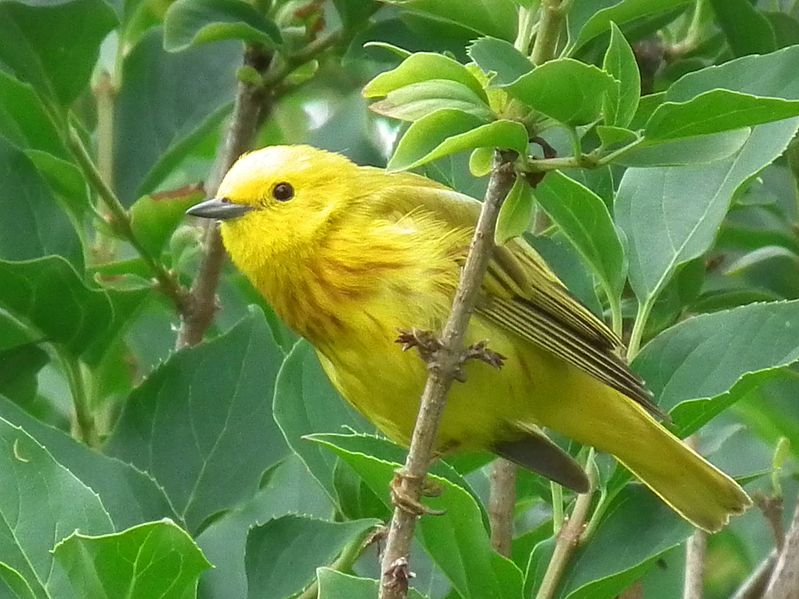
Photo by Geoff Clarke via Wikimedia Commons
The “tweet” I’m talking about was the song of a Yellow Warbler who was frequenting the trees around my farm.
I recognize the songs of the warblers and several other species that sing the praises of the daily sunrise, but there are feathered farm friends whose voices I don’t know, so I was excited to discover Bird Song Hero.
Want to know what it is?
You may be surprised to learn that Bird Song Hero is an online game (you never thought of me as a “gamer,” did you?).
Granted, I’m not one to linger on the computer, but this game is really more of a fun tool, and it doesn’t take long to play. The Cornell Lab of Ornithology created Bird Song Hero to help bird watchers learn 50 common bird songs using a technique employed by the pros.
“Bird Song Hero trains you to interpret spectrograms, the sound visualizations scientists use to help them understand sound patterns,” explains the Cornell crew. “Spectrograms are used in the matching game to enlist your visual brain in identifying bird songs.”
Here’s the video that introduces Bird Song Hero and prepares you to play. It might take a moment to load, but it’s well worth it. When you get to the song of the black-capped chickadee, you’ll love the way I’ve always remembered its song: “Who did it?” “Who did it?” “Who did it?”
Visit Bird Song Hero to try the full chirping challenge.
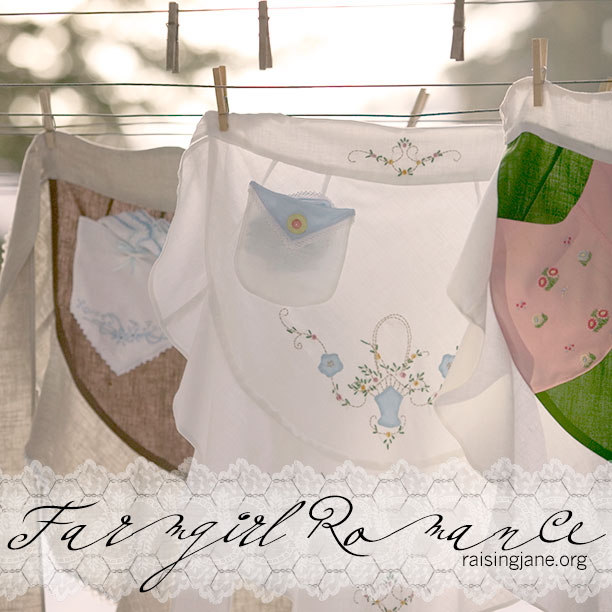















































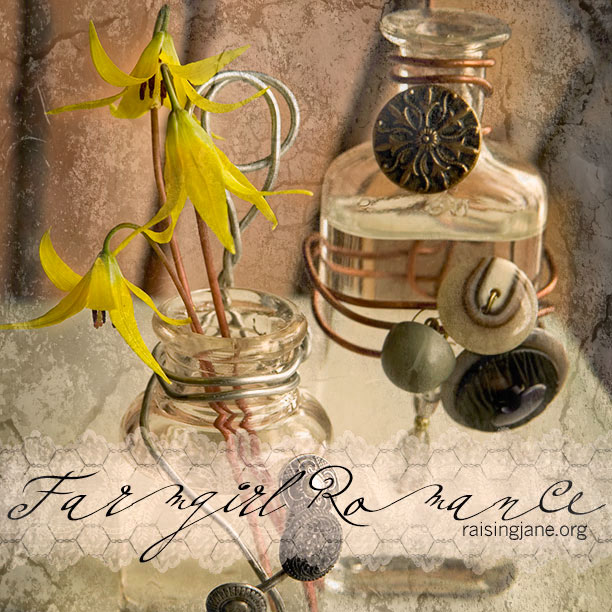
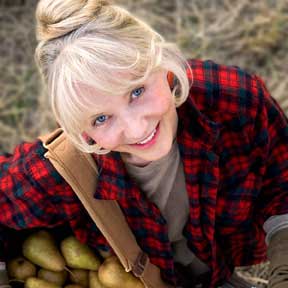


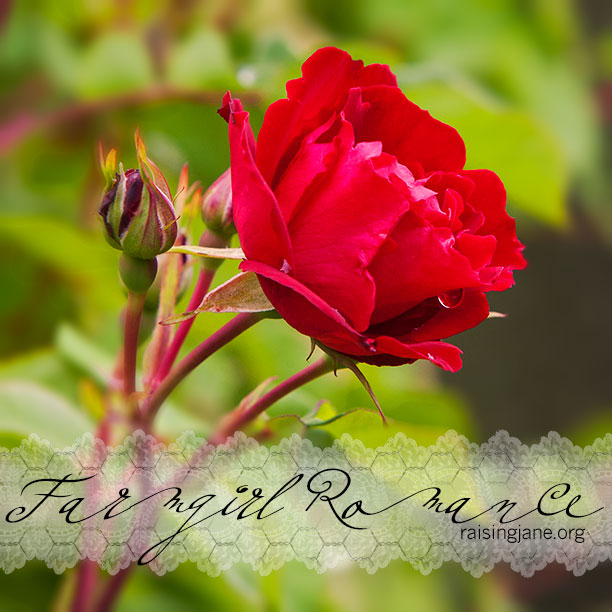

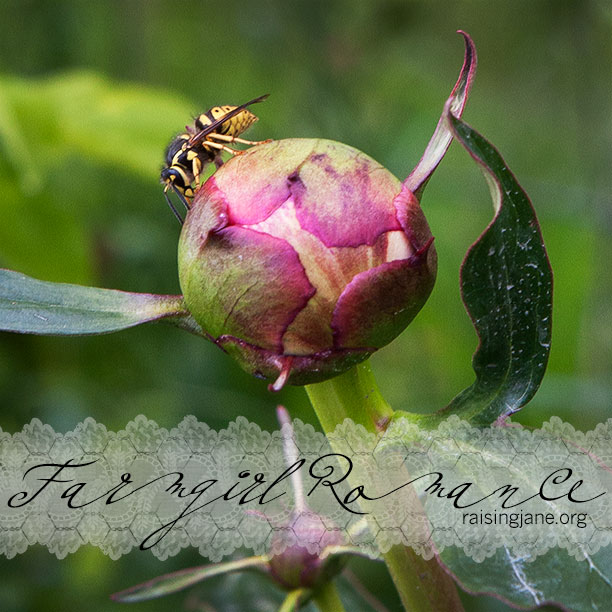

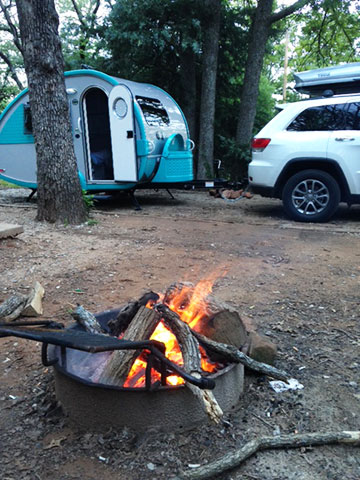
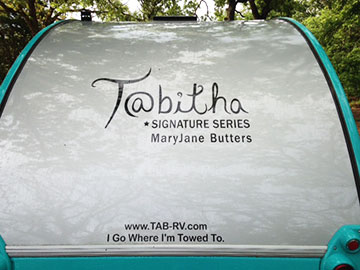


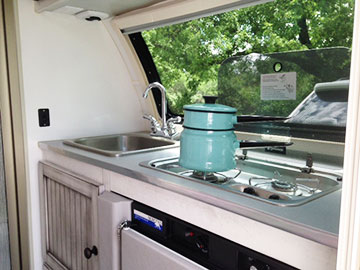

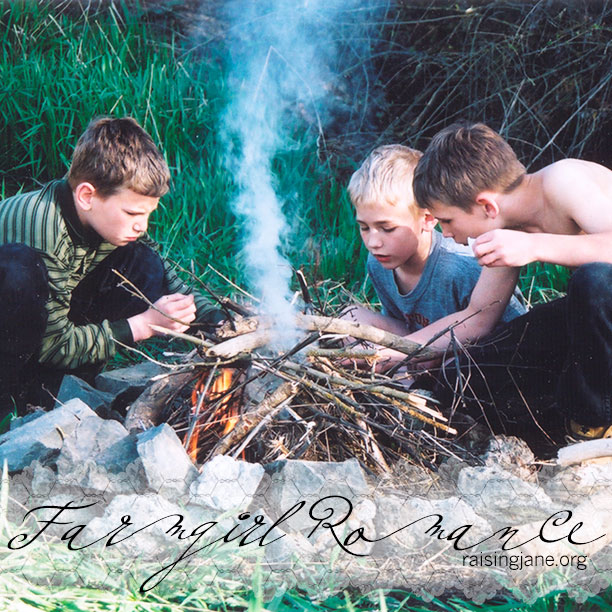


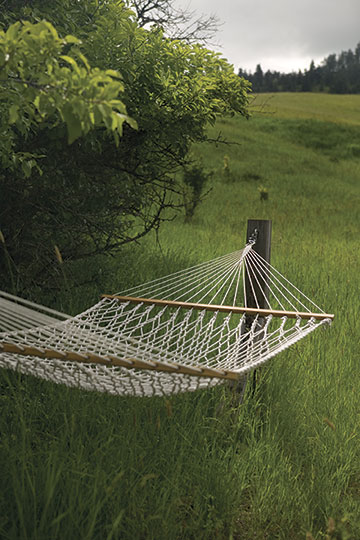





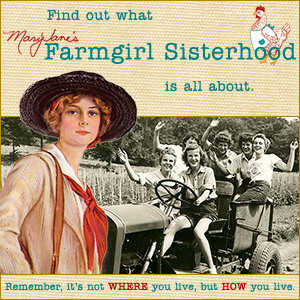

Such pretty aprons! Weren’t they referred to as Sunday aprons in the day? I am way to messy to cook with one of those. Instead, I think they would be cute over a denim skirt as part of the outfit showing Farmgirl romance.
Love, love , love this photo of vintage aprons flapping in the breeze in the sun. And with hankies in the pockets, how sweet.
Beautiful Aprons! I wore an apron to VBS every day last week and my Farm Girl necklace! The kids loved my apron and I got a lot of hugs because, they said, their Great Nana’s wear aprons. The pastor loved it, it reminded him of his grandmother growing up. I said,” We Farm girls wear our aprons in the kitchen and out of the kitchen”” Which sparked another conversation about Mary Jane’s Farm Girls!,
Which is and will always be Dear to my Heart
I have a friend from church who collects aprons and displays them beautifully. She stopped counting at 3000+!